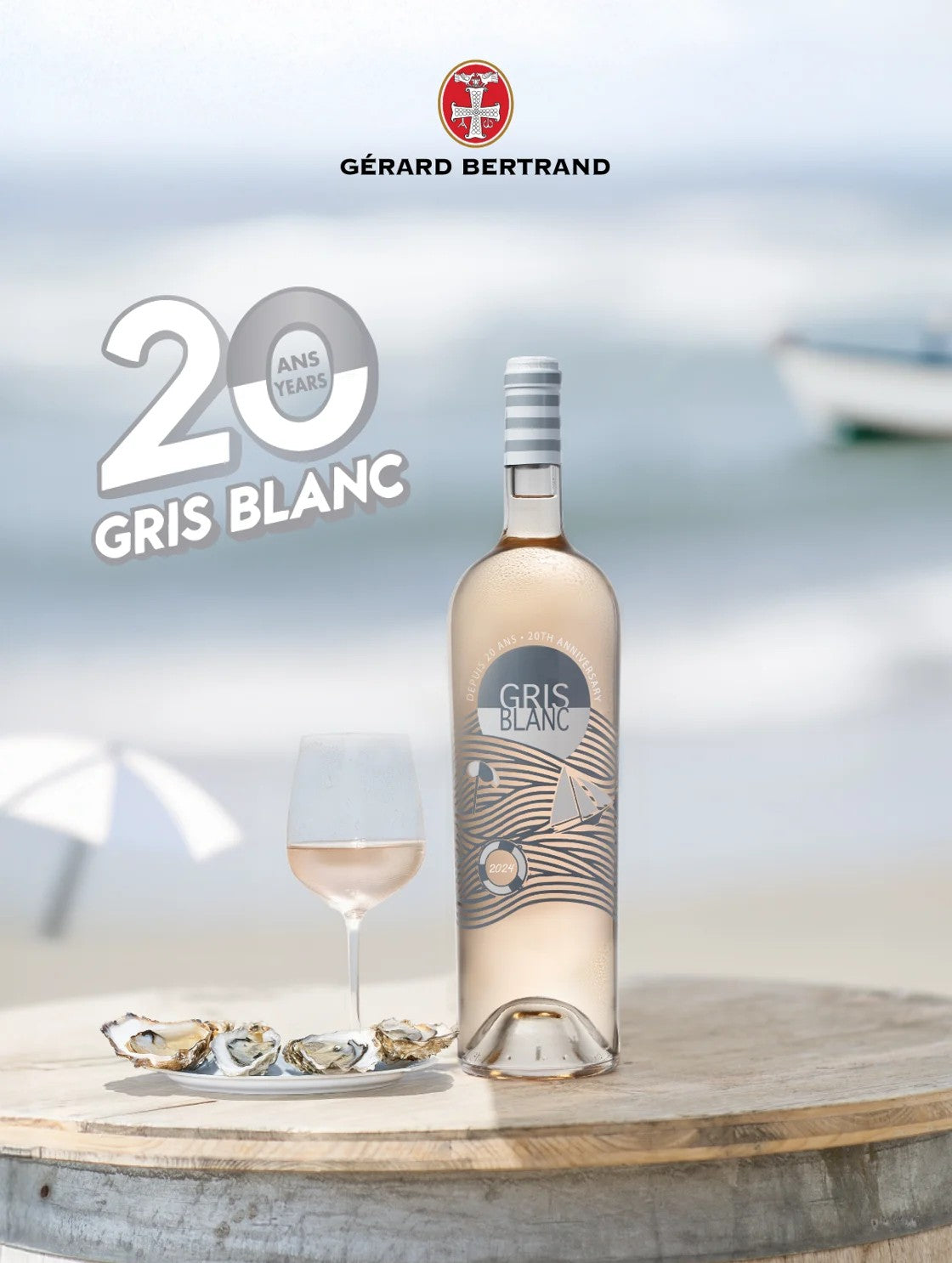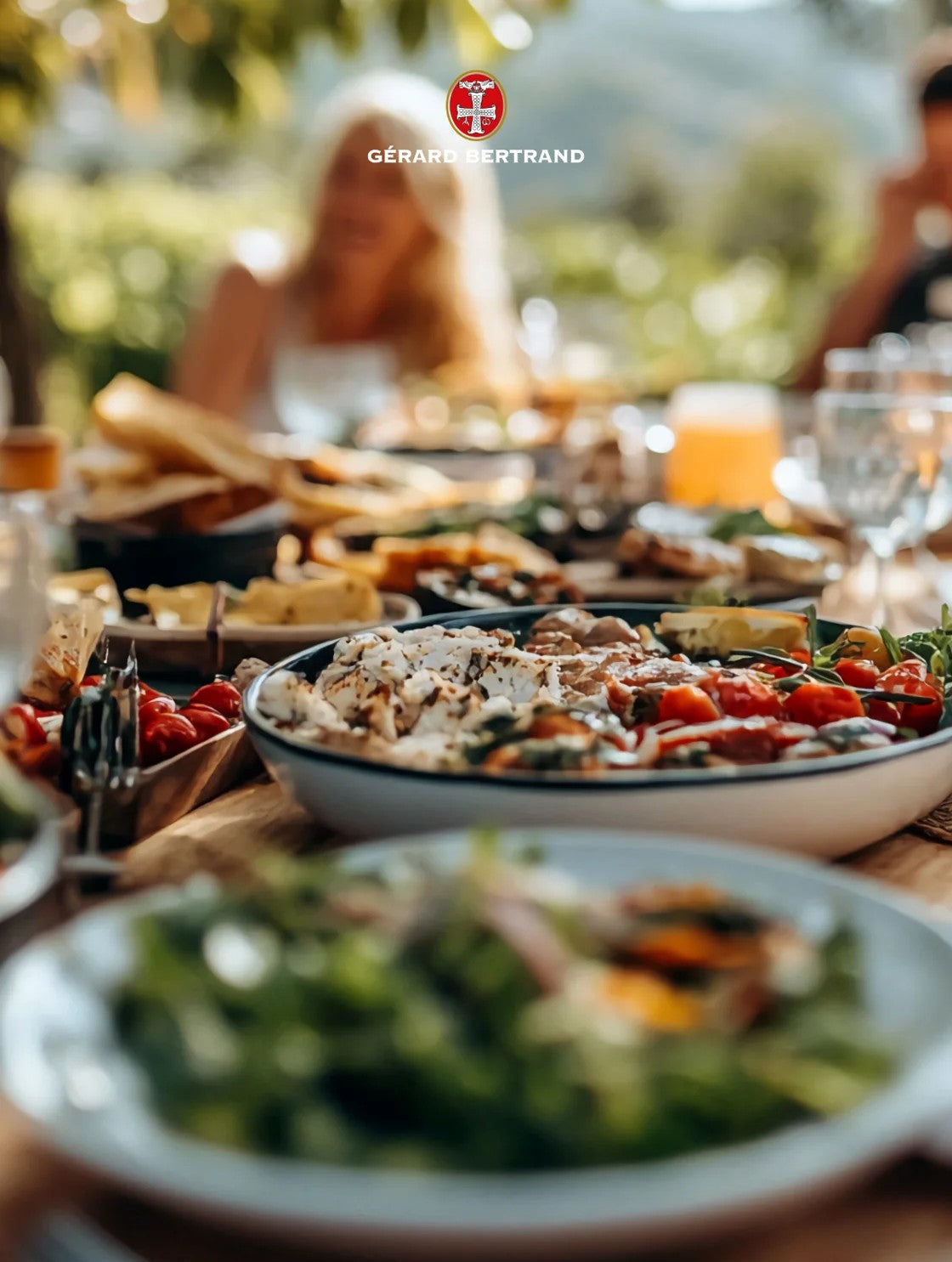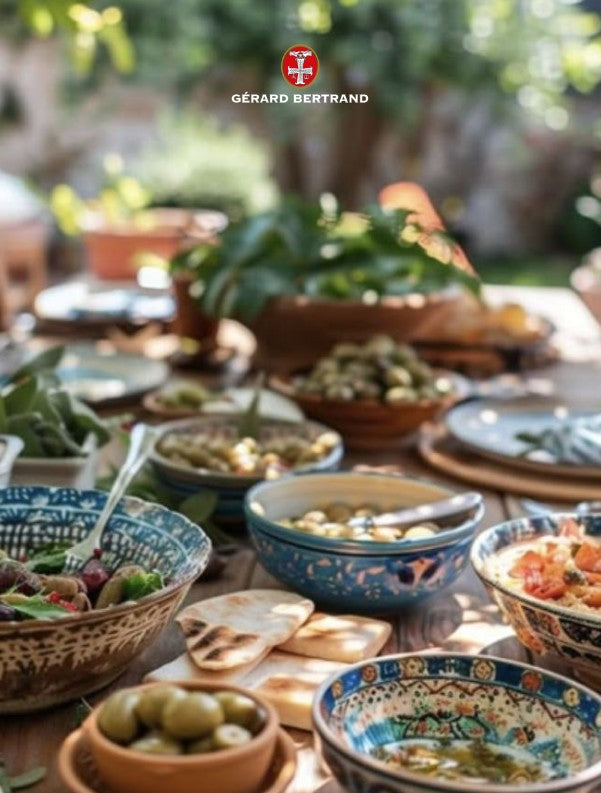The ideal wine in 4 questions
TAKE THE QUIZ



Le rosé winewith its seductive color and fruity aromas, is a beverage enjoyed by wine lovers the world over. But do you really know what goes into making this delicious rosé beverage? In this detailed guide, we take an in-depth look at the process of making rosé winehighlighting each essential step in the production of a superior rosé wine.

Rosé wine is a wine that lies between the red wine and white white wine in terms of color and flavor. Contrary to popular belief, rosé wine is not simply a blend of red and white wine. It is made from black grapes with white pulp, with a shorter maceration than that used for red wine.

The first crucial step in making rosé wine is grape selection. The grapes used to produce rosé wine are mainly black grapes with white pulp, such as Grenacheand Syrahand Mourvèdre and the Cinsault. These grape varieties are chosen for their aromatic characteristics and their ability to produce good rosé wines refreshing rosé wines.

After harvesting, the grapes are transported to the winemaking site, where the maceration process begins. Maceration involves leaving the grape skins in contact with the must for a set period of time, usually a few hours to a few days. It is this maceration that gives rosé wine its characteristic color, ranging from pale pink to salmon pink.
 Once maceration is complete, the must is pressed to separate the juice from the skins and pips. This juice is then transferred to fermentation tanks to begin the alcoholic fermentation process. Pressing is a crucial stage, as it largely determines the color, flavor and texture of the final rosé wine.
Once maceration is complete, the must is pressed to separate the juice from the skins and pips. This juice is then transferred to fermentation tanks to begin the alcoholic fermentation process. Pressing is a crucial stage, as it largely determines the color, flavor and texture of the final rosé wine.

During alcoholic fermentation, the sugars in the must are transformed into alcohol by the action of yeast. Fermentation can take place in stainless steel tanks or oak barrels, depending on the winemaker's preferences and the style of rosé desired.

After fermentation, some rosé wines may undergo a period of aging to develop further complexity and character. During this period, the wine may also be aged in oak barrels to add vanilla and toasty aromas, or in stainless steel tanks to preserve its freshness and fruity purity.

Before bottling, rosé wine is often clarified and filtered to remove impurities and suspended particles. This step ensures the wine's stability and clarity, while preserving its natural aromas and flavors.
In conclusion, making rosé wine is a complex and meticulous process that requires considerable expertise and know-how. From grape selection to bottling, each stage is carefully orchestrated to produce the finest rosé wineappreciated by wine lovers the world over. By understanding the rosé wine-making process, you can better appreciate and enjoy this delicious beverage at your next wine tasting.
Find out more at :
Organic rosé wine, good rosé wine
Rosé wine and its grape varieties
Organic and biodynamic rosé wines
Discover the best Gérard Bertrand wines :
Discover the Gérard Bertrand estates :
Its Languedoc-Roussillon wine châteaux
His expertise in the conception of biodynamic wines

20 years ago, in the heart of the South of France, between the Pyrenees and the Mediterranean, an idea matured under the Languedoc sun: to reveal a new face of rosé. A delicate, crystalline wine, with a ...
Read the article
Barbecuing has never been so trendy. Braziers, plancha grills, traditional barbecues... they're inviting themselves into the heart of our summers, sublimating simple products in a convivial atmosphere. A fire, a few...
Read the article
Tapas & wine: the Mediterranean art of living A dinner with friends, plates to share, the scent of olive oil and rosemary... and wines selected to accompany this Mediterranean cuisine...
Read the article